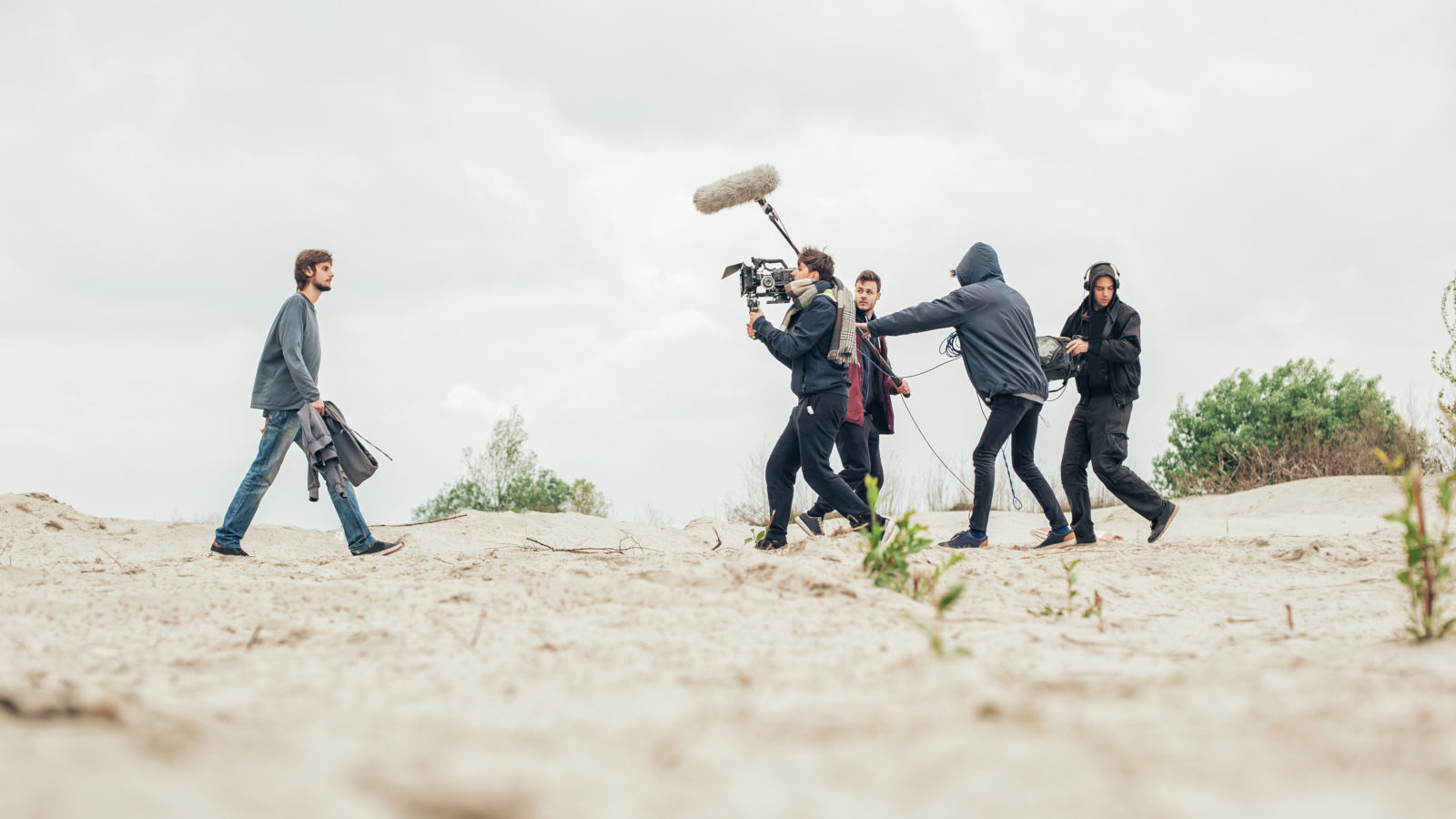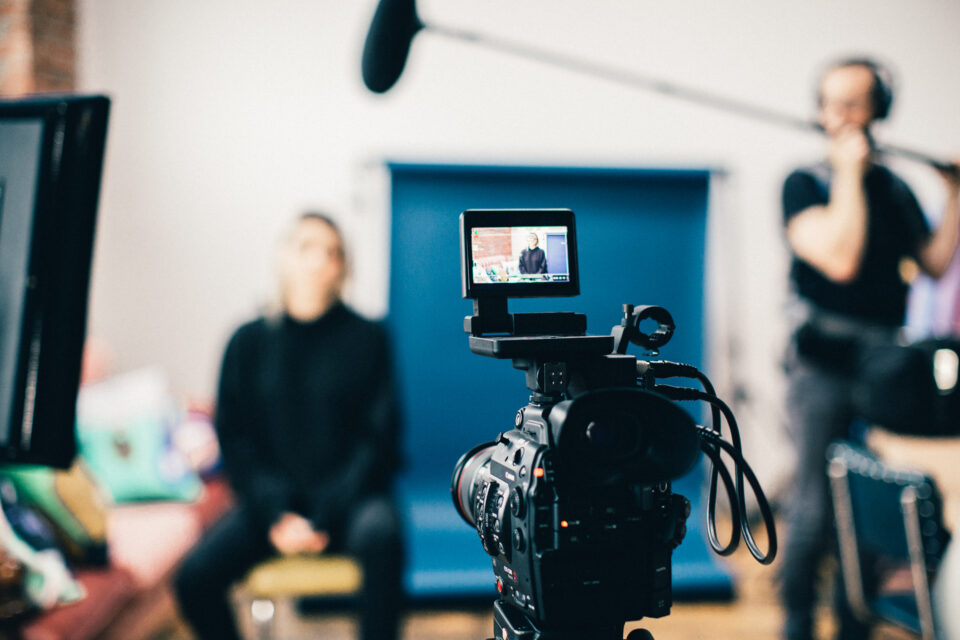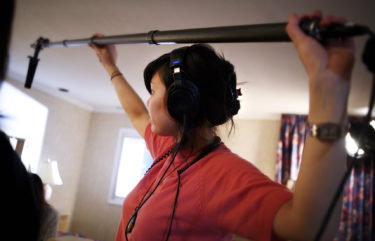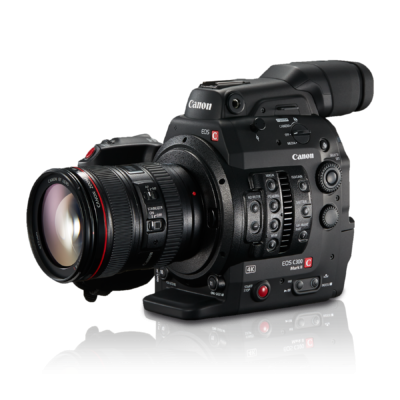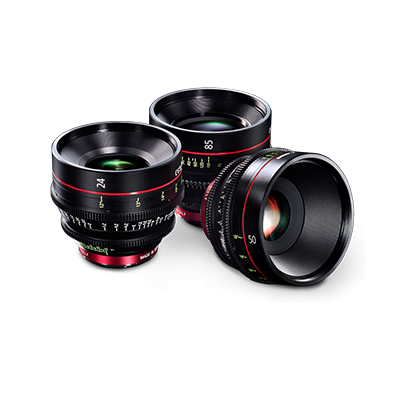Essential advice for first-time documentary filmmakers
Documentaries are having a moment: They’re being released almost non-stop on every conceivable platform, and the tools to produce them are constantly becoming more capable and affordable. For filmmakers with passion, skill, and a story to tell, there’s never been a better time to be a documentarian. Here are a few words of advice to help you get started.
FOCUS ON YOUR SUBJECT
What’s it about? That’s the first question you’ll be asked by anyone who learns about your project. No matter what the answer is, it—the subject of your film—better meet the following criteria:
- It’s important to you. If you’re not passionate about your subject, are you really going to put in the hard work necessary to make your film the best it can be?
- It’s interesting. Don’t bore viewers by rehashing tired arguments. Be certain you have new information and a novel approach.
- It’s tightly focused but speaks to a broader context and themes.
- It’s backed by deep, rigorous, and verifiable research.
- It’s visually compelling. Without captivating imagery, you might as well be producing a podcast.
GEAR UP
High-performance equipment has become more accessible to indie filmmakers: The feature-packed Canon C300 Mark II is consistently rated best-in-class for its exceptional output quality and ease of use, while DSLRs like the Canon EOS 5D are reliable options for the truly budget-conscious.
Given that you’ll likely be working with a small crew (or possibly yourself alone), keep the rest of your kit fairly portable—a few microphones and a flexible lighting setup. More on these below.
Don’t overlook mundane practicalities, either: A reliable vehicle to get you to shooting locations, for example; and a logbook for recording notes on each day’s work and ideas.
GOOD SOUND AND LIGHT—FOR LESS
For sound, get a small shotgun mic that can attach to your camera and a boom, as well as a reliable lavalier mic for recording interview audio. And don’t forget a good pair of monitor headphones, so you can listen to the audio mix. Once you’re set up, here are a few tricks for achieving better sound:
- Always have a backup audio source for interviews. That means turning on your shotgun mic (ideally on a boom held just out of frame) in addition to a lav mic.
- Filming indoors? Turn off appliances like air conditioners and fridges. If their motors cycle on during filming, it can ruin the soundscape of your scene.
- Record room noise before your interview. In post-production, the ambient audio can be used to maintain a clean and consistent aural environment.
- Have a few heavy blankets on hand. In echo-y locations, they can be laid on the floor or hung on walls for sound dampening.
On the lighting side, equip your crew with, at minimum, the standard three-point setup (key-, fill-, and backlight), as well as gels, reflectors, and flags. Many indie documentarians rely on LEDs, as they’re both energy efficient and affordable. You’ll also want a sufficient number of stingers (i.e. lighting-specific extension cords) to power your lights, and batteries if you anticipate being at a location without accessible electricity.
ACE YOUR INTERVIEWS
No matter who you’re interviewing—whether it’s an academic expert, a witness to an event, or the actual subject of your documentary—remember the Scouts’ motto: Be prepared.
Learn everything you can about the person and why you’re interviewing them. This will not only ensure you ask informed, probing questions, but it can also help find common ground with your source so that they’re more comfortable speaking to you. Help put them further at ease by walking them through how you expect the interview to proceed.
From there, have a full slate of questions at the ready: Open-ended questions, to encourage your subject to provide fulsome answers. If they’re reticent, be prepared to repeat your questions in different ways. If they’re talkative, be ready to improvise follow-up queries, should unexpected information be disclosed.
SHOOT EVERYTHING
A collection of static, talking-head interviews might make a strong argument, but they won’t make a great movie. That’s where coverage and B-roll comes in. Getting different types of shots and angles of your interview subjects—as well as any events, locations, etc., needed to tell your story—will not only make your documentary more visually dynamic, it’ll also give you more options once you hit the editing suite.
- Expository shots: Exteriors of buildings and streetscapes, historical and other photographic images, really anything that provides background (i.e. the who, what, where, when) about your subject.
- Narrative shots: Literally the imagery that tells your story—alongside interviews, of course. This could range from b-roll of any or all of your interviewees doing things that are relevant to your film’s subject and themes, to full coverage of an event that’s important to your story.
Needless to say, shoot way more than you’ll ultimately need. It’s often the small details that really drive home your theme and resonate with viewers.

